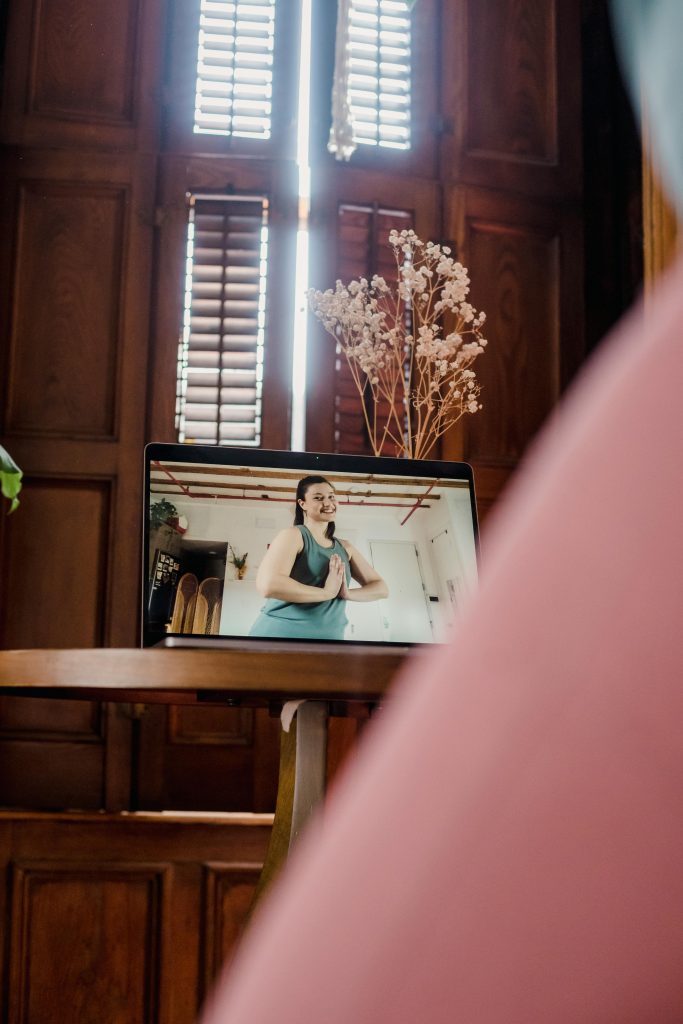Optimizing Display Connectivity: Navigating 4K and 2K Performance with Legacy Hardware and Modern Monitors
Introduction
Setting up high-performance displays with older hardware can present unique challenges. Many users seek to connect vintage PCs to modern high-resolution monitors, such as the LG C3 OLED, to enjoy crisp visuals and smooth gaming experiences. However, hardware limitations and cable specifications often complicate achieving desired refresh rates and resolutions. This article explores common issues encountered when connecting legacy computers to contemporary displays, with insights into potential solutions.
Understanding the Hardware and Setup
In this scenario, the user utilizes a Lenovo M93p desktop featuring a 4th generation Intel Core i7 processor paired with integrated HD 4600 graphics. This system is primarily employed for streaming games from a dedicated gaming PC via Moonlight, a popular game streaming application. The core challenge lies in configuring the system to output at 2K (2560×1440) at 120Hz or 4K at 60Hz, which are demanding for older integrated graphics and connection interfaces.
The Setup Includes:
- A Lenovo M93p desktop (4th gen i7, HD 4600 graphics)
- An LG C3 OLED TV
- A DisplayPort to HDMI cable (advertised as supporting 4K at 60Hz)
- Connection via the cable to facilitate high-resolution streaming
The Problem
Despite the hardware and cable setup, the user reports that only 1080p at 120Hz is achievable. Attempts to reach 2K at 120Hz or 4K at 30Hz are unsuccessful. The question revolves around whether the issue stems from the cable, the hardware capabilities, or configuration limitations.
Analyzing the Possible Causes
- Cable Specifications and Standards
The cable in use is marketed as supporting 4K at 60Hz. However, many inexpensive HDMI cables, especially generic or HDMI 1.4-rated ones, are limited to lower bandwidths. HDMI 1.4, for instance, supports 4K at 30Hz, but not higher refresh rates at 4K. To achieve 2K at 120Hz, a cable must support sufficient bandwidth, typically HDMI 2.0 or higher.
- HDMI Version Limitations
If the cable or the port on the PC or monitor defaults to HDMI 1.4 or earlier, this restricts the maximum resolution and refresh rate. Many legacy systems with DisplayPort can
Share this content:



